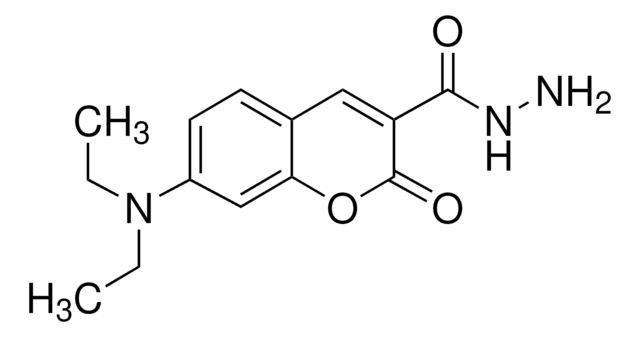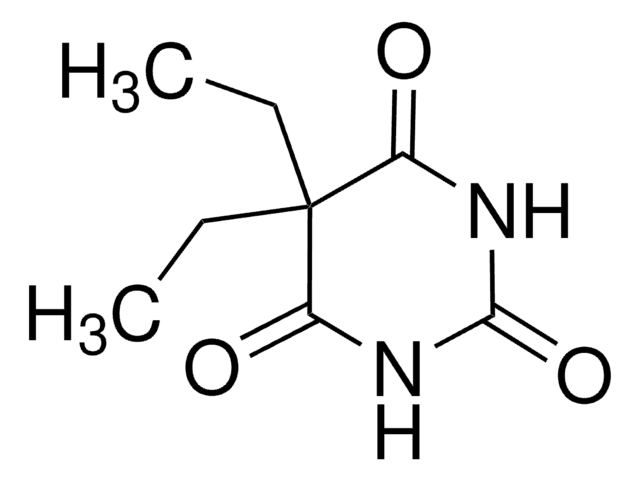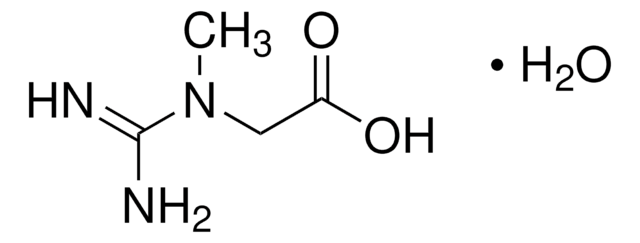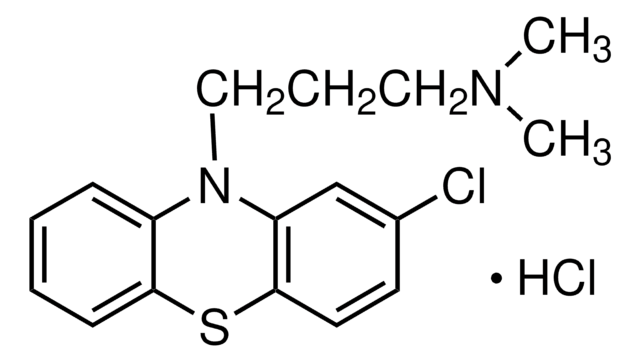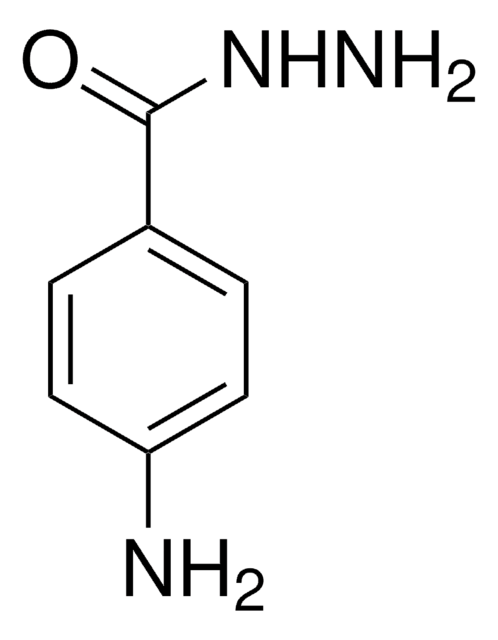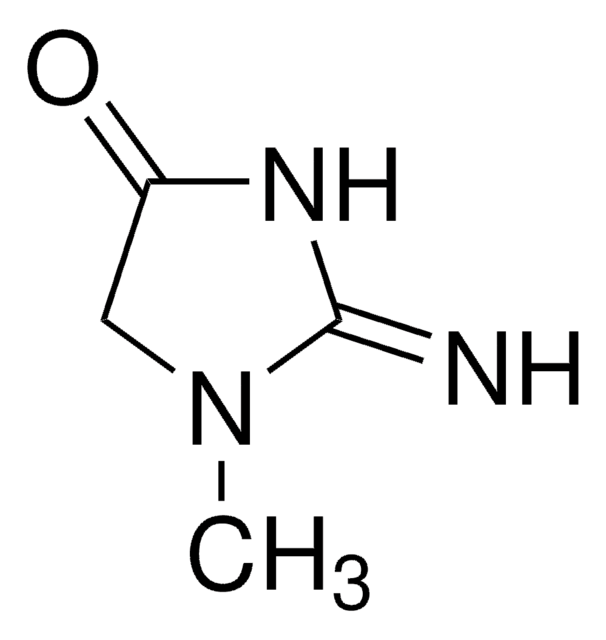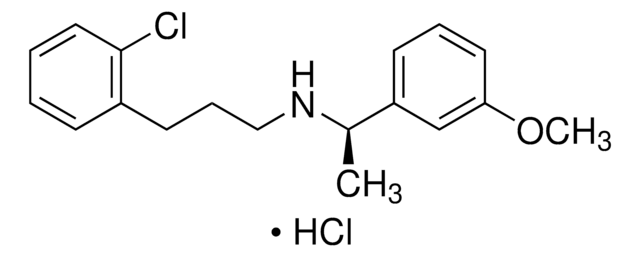D3168
Duramycin from Streptoverticillium cinnamoneus
≥90.0%
Synonym(s):
Duramycin, Lancovutide
Sign Into View Organizational & Contract Pricing
All Photos(1)
About This Item
Empirical Formula (Hill Notation):
C89H125N23O25S3
CAS Number:
Molecular Weight:
2013.28
MDL number:
UNSPSC Code:
51102829
NACRES:
NA.85
Recommended Products
Quality Level
Assay
≥90.0%
form
powder
solubility
0.1 M HCl: 10 mg/mL
antibiotic activity spectrum
Gram-negative bacteria
Gram-positive bacteria
Mode of action
protein synthesis | interferes
storage temp.
2-8°C
General description
Chemical structure: tetracycline
Application
Duramycin is used to study chloride secretion by cardial, pancreatic and airway epithelial voltage-gated ion channels. It is used to study cystic fibrosis and as a novel phosphatidylethanolamine-binding molecular probe. It is used to stimulate sodium transport in cultured human colonic epithelia.
Biochem/physiol Actions
Duramycin is the smallest known polypeptide since it has only 19 amino acids. It has a defined 3-dimensional binding structure. Duramycin binds phosphatidylethanolamine (PtdE) at a 1:1 ratio with high affinity and exclusive specificity. It enhances chloride secretion in airway epithelium.
Other Notes
Keep container tightly closed in a dry and well-ventilated place.
Storage Class Code
11 - Combustible Solids
WGK
WGK 3
Flash Point(F)
Not applicable
Flash Point(C)
Not applicable
Personal Protective Equipment
dust mask type N95 (US), Eyeshields, Gloves
Choose from one of the most recent versions:
Already Own This Product?
Find documentation for the products that you have recently purchased in the Document Library.
Igor Oliynyk et al.
APMIS : acta pathologica, microbiologica, et immunologica Scandinavica, 118(12), 982-990 (2010-11-26)
The lantibiotic duramycin (Moli1901, Lancovutide) has been suggested as a drug of choice in the treatment for cystic fibrosis (CF). It has been proposed that duramycin may stimulate chloride secretion through Ca²(+) -activated Cl⁻ channels (CaCC). We investigated whether duramycin
K Sundquist
Bone and mineral, 20(1), 17-29 (1993-01-01)
Proton transport in microsomal vesicles derived from medullary bone of laying hens was observed to be inhibited in a dose-dependent manner with fusidic acid, 7-chloro-4-nitrobenz-2-oxa-1,3-diatzole (NBD-Cl), duramycin and dicyclohexylcarbodiimide (DCCD). The IC50 values were 570 microM, 4.5 microM, 10 micrograms/ml
Izabela I Rzeźnicka et al.
Langmuir : the ACS journal of surfaces and colloids, 26(20), 16055-16062 (2010-09-30)
Duramycin is a small tetracyclic peptide which binds specifically to ethanolamine phospholipids (PE). In this study, we used lipid monolayers consisting of 1-palmitoyl-2-oleoyl phosphatidylethanolamine (POPE) and various phosphatidylcholines (PC) to investigate the effect of duramycin on the organization of lipids
Kunihiko Iwamoto et al.
Biophysical journal, 93(5), 1608-1619 (2007-05-08)
Duramycin is a 19-amino-acid tetracyclic lantibiotic closely related to cinnamycin (Ro09-0198), which is known to bind phosphatidylethanolamine (PE). The lipid specificity of duramycin was not established. The present study indicates that both duramycin and cinnamycin exclusively bind to ethanolamine phospholipids
M M Cloutier et al.
Membrane biochemistry, 10(2), 107-118 (1993-04-01)
Duramycin increases short-circuit current (Isc) and net Cl- secretion in tracheal epithelium. We measured the intracellular free calcium ([Ca2+]i) response to duramycin using Indo-1 and bovine and canine tracheal cell suspensions, and the effect of an intracellular calcium chelator, BAPTA
Articles
With bacterial resistance and emerging infectious diseases becoming potential threats to humans, ribosomally synthesized antimicrobial peptides have become a promising focus area in antibiotic research.
Our team of scientists has experience in all areas of research including Life Science, Material Science, Chemical Synthesis, Chromatography, Analytical and many others.
Contact Technical Service